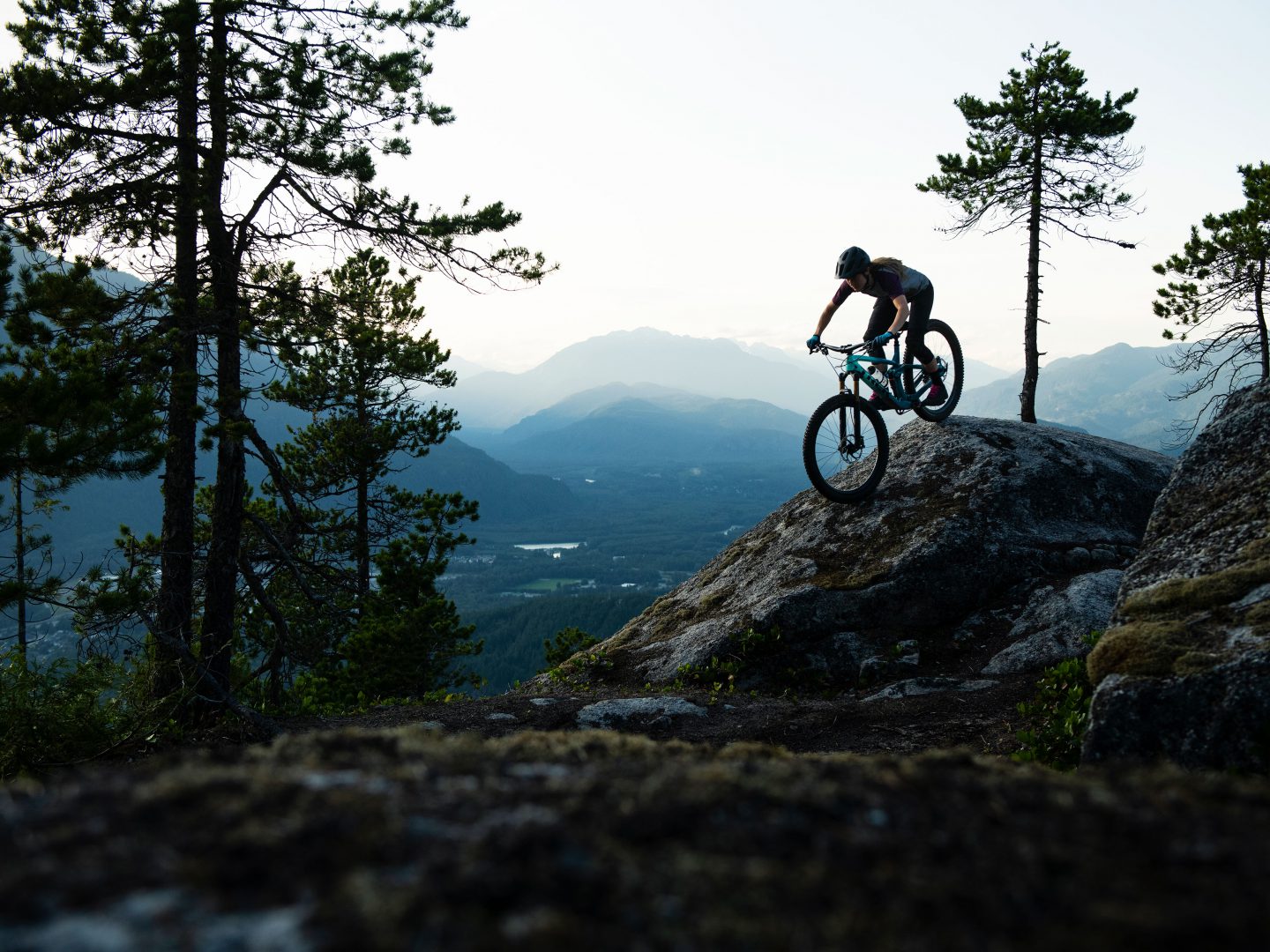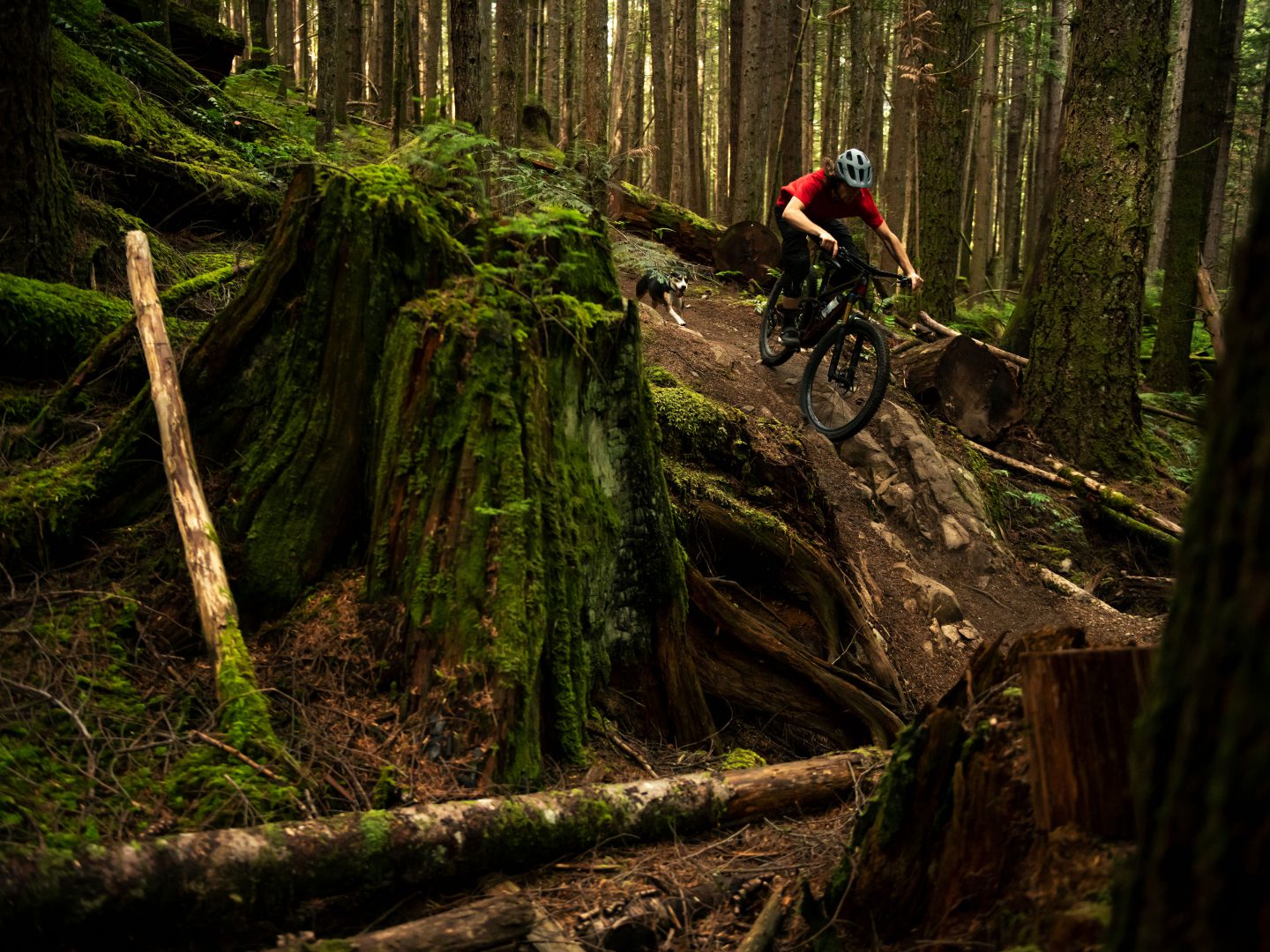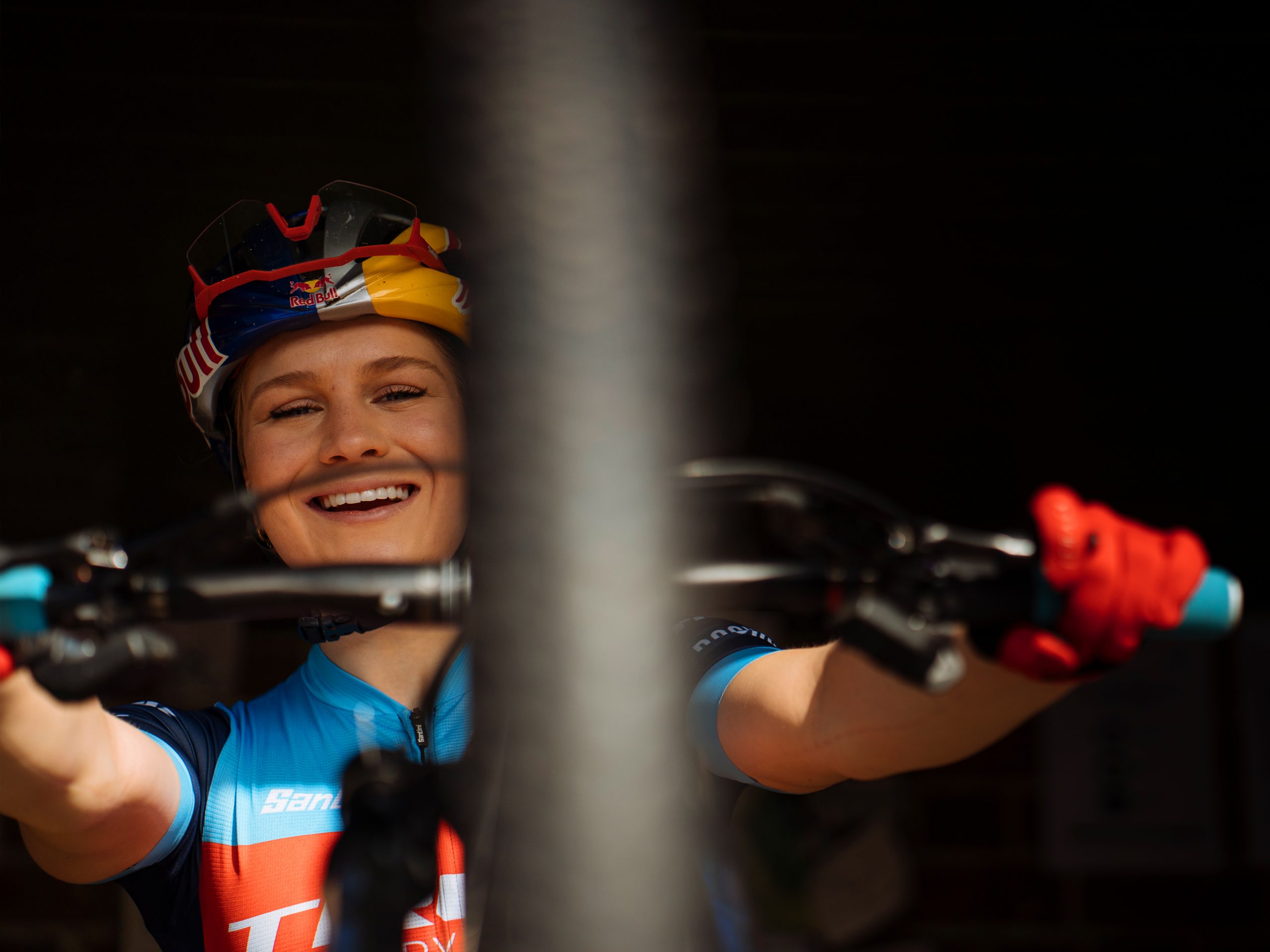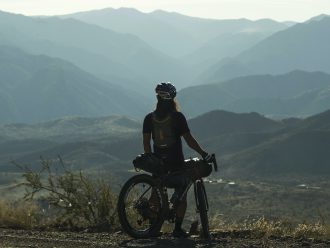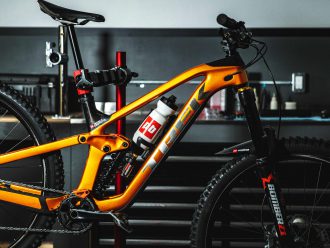We have a saying here at Trek that brakes only slow you down, but in all seriousness, they are probably the most important component on our bikes.
Proper braking helps us corner with composure, avoid obstacles, and stop on a dime when we encounter hazards in the trail. There’s more to braking than just squeezing the lever though, and we’re tuning in for expert advice from Pinkbike’s Christina Chappetta @Cchappetta1 to get the ins and outs to braking.
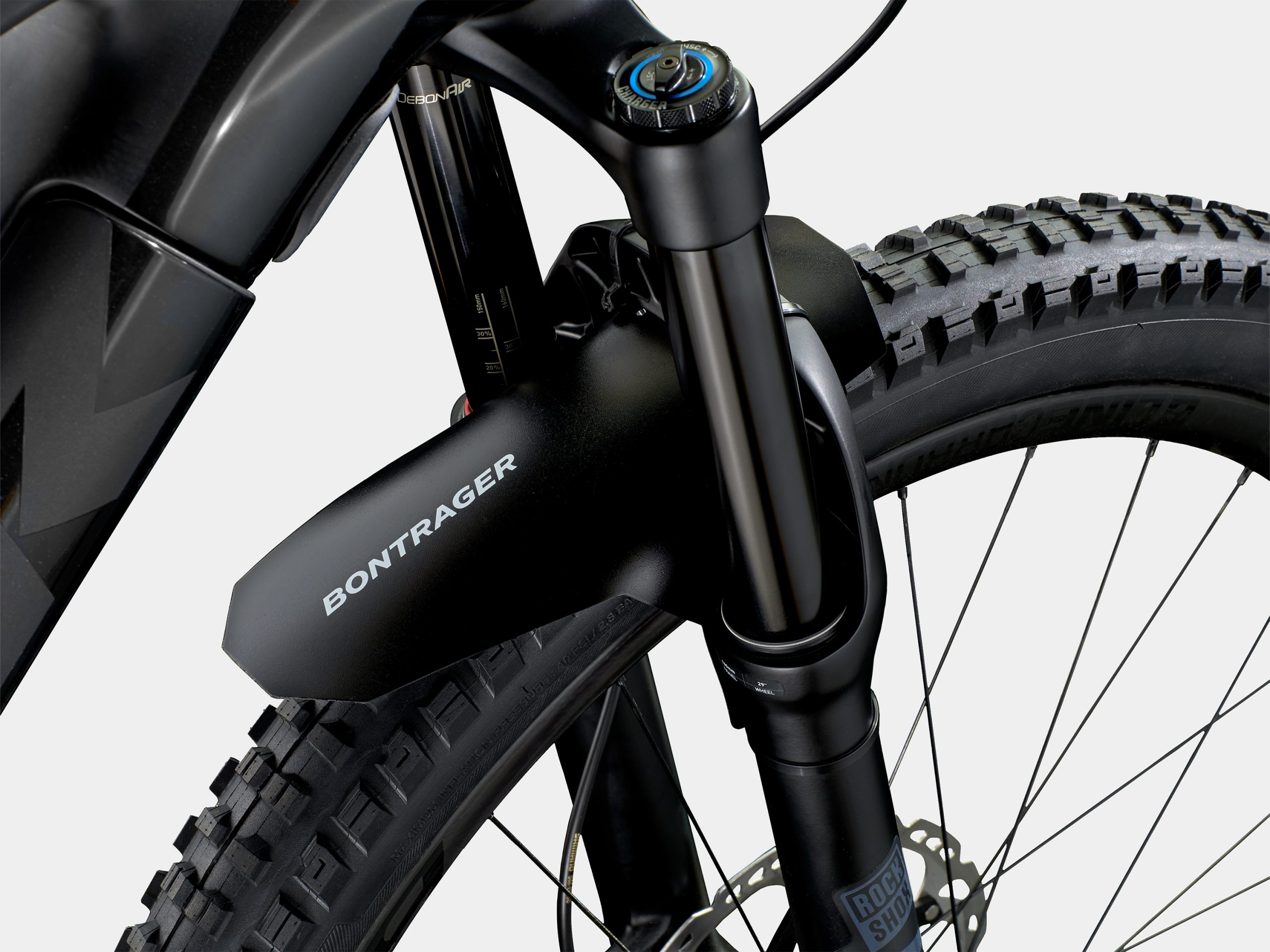
Keep yourself clean no matter the conditions when you're working on perfecting your braking with a Bontrager Enduro Front Fender that sheds mud and wheel spray.
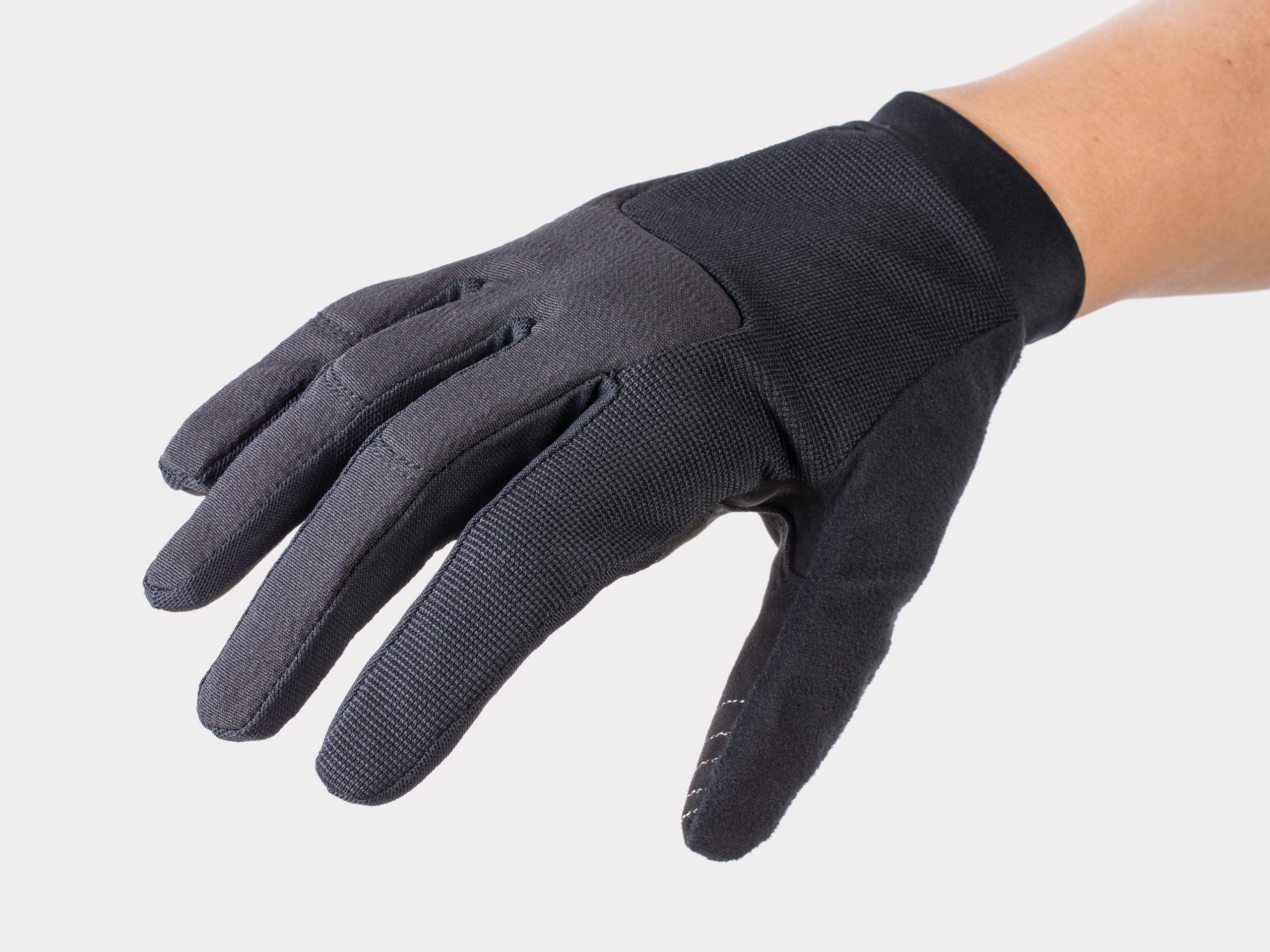
Keep your paws comfortable and your grip secure with the Bontrager Rhythm Mountain Bike Glove
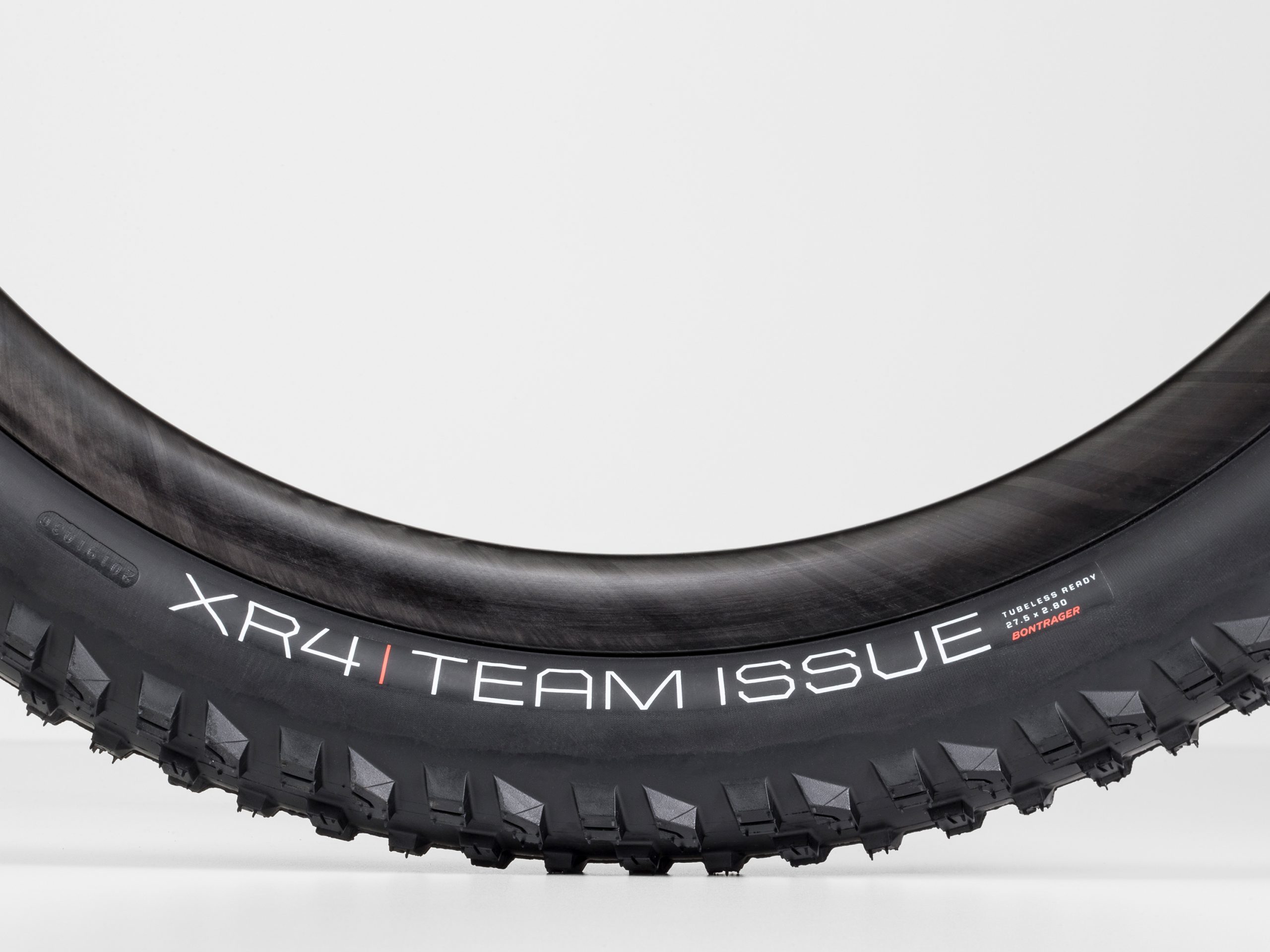
Get a grip for faster stopping with the support and traction of a fresh Bontrager XR4 Team Issue TLR MTB Tire.
Set up right
Brake setups can be quite the contentious subject, often argued based on regions around the world. We’ll help you decipher what different setups can offer and narrow down what’s right for you.
1. Brake orientation
Isn’t right rear? Well, that all depends.
Throughout most countries that drive on the right side of the road, you’ll find that the right brake lever actuates the rear brake, however in many countries where vehicles drive on the left side of the road riders run their rear brake via the left lever (also referred to as “moto-style”). Which orientation is correct is debated over across the planet, but at the end of the day you should run your brakes however is most comfortable to you. Have a solid reason why riders should run their brakes one way? Let us know in the comments.
2. Flat or steep?
Wrists are strongest when they have a slight bend, allowing them to move with ease and keep control of your bike. This means if you ride mostly steep terrain your brake lever should sit flatter on the bar, so you can reach the lever while your wrist sits further back on your grip. Inversely, a steeper lever position will keep your wrists more forward on your grip, which minimizes bend and has benefits on climb-heavy riding. Play around with your setup and find what feels right for you.
To find the right angle, sit on your bike in a comfortable position with your wrist almost straight, allowing a slight natural bend to it, and adjust your brakes so your index finger rests comfortably on the lever. Keep in mind that you may adjust this position a few times a year, depending on how much arm-pump you’re getting, how often you’re riding, and how your riding changes over each season.
3. Clearance
Most bikes come out of the box with the brake levers clamped right against the grips, however when riding it’s actually most beneficial to just have your index finger resting on your brake lever, allowing your remaining fingers to keep contact with the grip, and better control of the bike. In order to achieve this, you’ll want to move your brake levers away from your grips so your lever covers just enough of the grip to allow your index finger to reach it comfortably while avoiding contact with your other digits when you fully squeeze the lever. Be sure the lever clears your middle and ring fingers when fully compressed to help prevent accidental cuts caused by the brake lever in a crash.
4. Contact point
Most modern brake levers feature a hooked shape that’s perfect for resting your index finger on while you ride. For your digit to sit comfortably, you’ll want to adjust the reach of the lever so that your index finger feels relaxed when resting on the end, and isn’t reaching too far to actuate your brakes. Adjust the reach of your lever to find the sweet spot where you have enough hold without stretching.
What even is brake modulation anyways?
Chances are you’ve heard this term thrown around on the trail, at the bike shop, and in tech articles. But what really is brake modulation? Simply put, brake modulation is the extent to which you squeeze that brake lever. At one end of the spectrum, you have zero pull on the lever, tons of traction, and your wheel spinning freely. On the other end, your brakes are entirely locked up, your wheel is not spinning, and you have no traction at all.
Learning when to grab a fist-full of brakes or when to slowly apply pressure to the lever to come to a skid-free stop is a game-changer. We’ve got an exercise to help you dial in your modulation—perfect for days when you don’t have time for a big ride, or when you’re waiting for your friend to arrive at the trail. All you need is a gently-sloped road, grass hill, or double-track trail, and a selection of good-sized sticks to use for markers.
Choose your mark
Pedal up to the top of the slope and drop a stick to mark where you’ll start rolling in every lap, then roll to the bottom of the slope and drop a second stick to mark where you’ll be applying your brakes at the bottom. Make sure you’re giving yourself enough space to get some good speed going.
Lap 1
Start at the top of the hill and ride to your second stick, applying both of your brakes to stop as quickly as you can as soon as you get there. Drop a stick to mark where you’ve stopped.
Lap 2
Go back to the top of the hill and repeat the previous steps, except this time applying only your rear brake as hard as you can to skid. Notice the difference, and mark how far you’ve gone.
Lap 3
Repeat lap two, except this time, modulate your rear brake to prevent skidding. Drop a stick to mark where you’ve stopped. What you should see is that by applying the rear brake gradually you’re able to stop faster than when you grab it full-on. If not, go back to the top and repeat again.
Lap 4
Now that you’ve had a few rounds with the rear brake, it’s time to get comfortable with your front brake. Repeat the exercise a few times, grabbing your front brake only and marking where you’re stopping. You should notice that you’re beginning to stop faster than with only your rear brake.
The reason you stop faster using your front brake alone is because of physics. When the braking force (your front rotor and brake caliper) is in front of the mass (your body and your bike) the weight moves onto the front brake and creates a larger stopping force than when the braking force is dragging from behind the weight.
Final lap
Go back to the top and repeat the exercise again modulating both brakes at the bottom without skidding. Over the exercise, you should see an improvement in how quickly you come to a stop, and learn better control of your brakes.
Now that you have the know-how and practice under your belt, take your skills to the trail and test out how better braking improves your riding as a whole.
Have any other tips? Let us know in the comments below!

About the Author: Trek
Our mission: we build only products we love, provide incredible hospitality to our customers, and change the world by getting more people on bikes.


